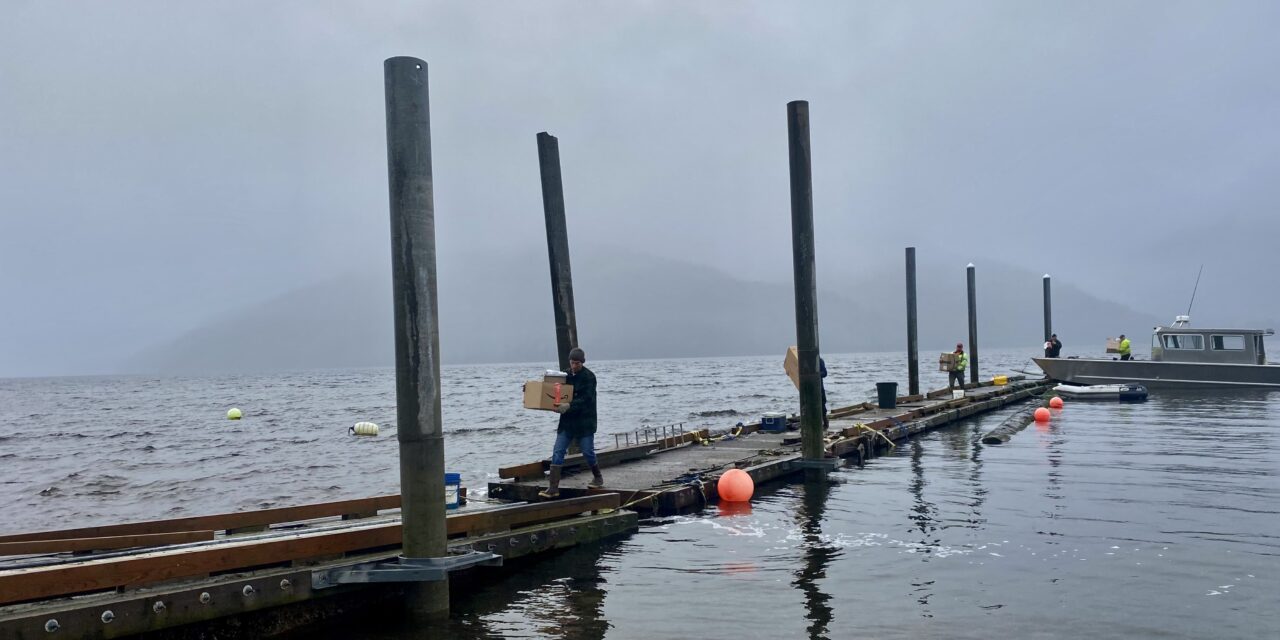Story by Anna Canny/KTOO
Zimovia Highway snakes along the west coast of Wrangell Island for 14 miles, with steep mountain slopes on one side and the ocean on the other.
Many of the houses far out the road sit on the waterfront. But there are only a few docks. One is an unfinished retirement hobby for Charlie Hazel.
“At 73, it’s just a fun project,” he said. “It’s not in perfect shape. But it floats.”
Three years ago, he started building a long, floating dock on his property. Battered by waves and weather, it needs constant attention. The concrete is cracked in places, and two segments are held together by fabric straps. He wants to add a ramp but hasn’t gotten around to it yet.
His wife Mel never thought it was worth all that effort.
“Now, it’s a lifeline to this whole end of the island,” she said.
A landslide came down across Zimovia Highway on Nov. 20, leaving four dead and two missing. Ever since, the Hazels’ dock has been the best way to get supplies in and people out. That’s made their property a makeshift hub of emergency management and disaster relief.
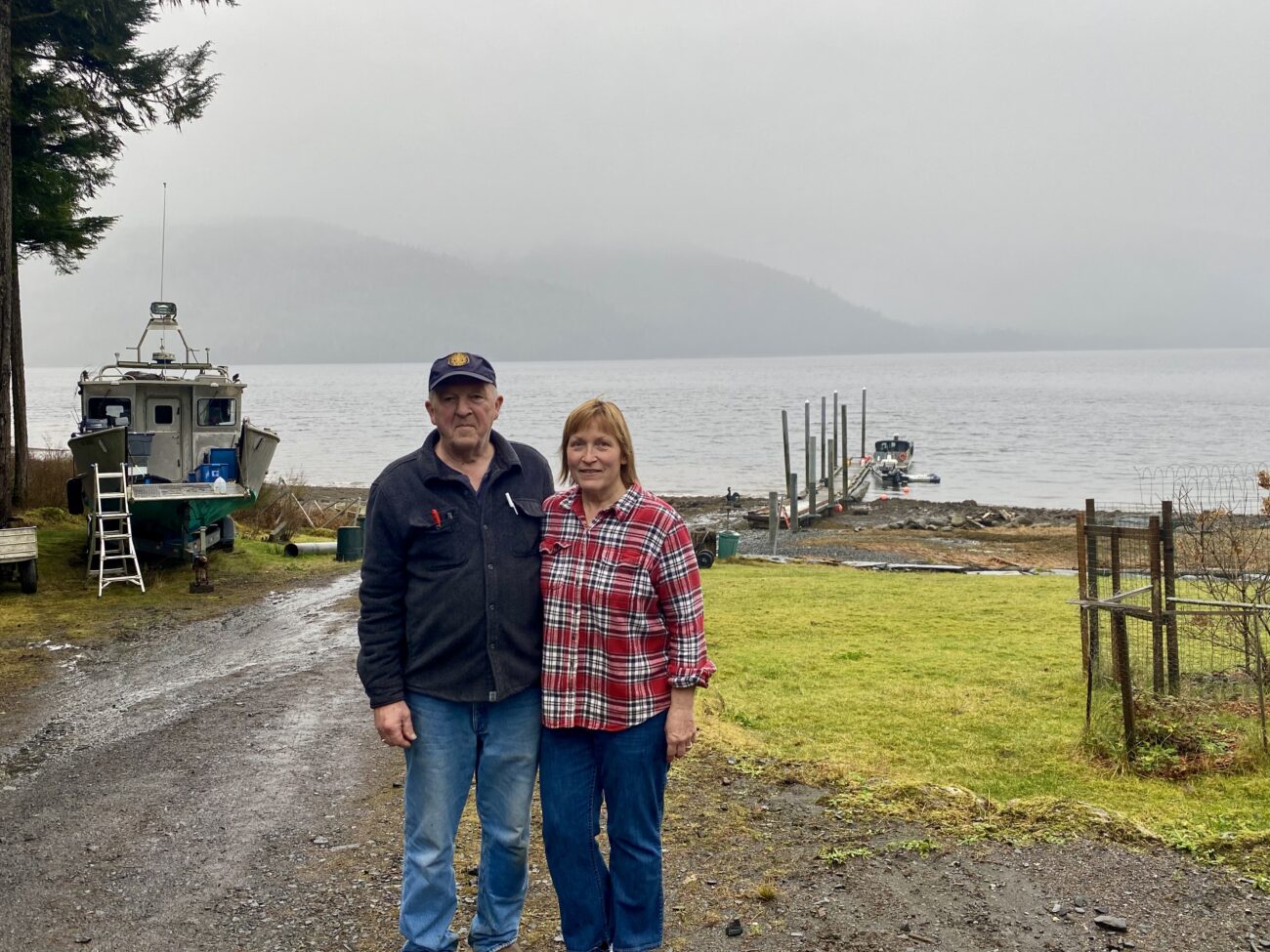
70 residents cut off
The landslide debris has effectively cut Wrangell in two. North of the slide, there’s town. And to the south, there’s the self-dubbed “out-the-roaders,” like Charlie and Mel. They live at mile 12.7.
The 450-foot-wide slide cut off power, internet and the only road to town, leaving the Hazels and about 70 other people stranded. Joan Sargent lives two doors down from the Hazels. She’s driven out to the south end of the slide a few times.
“If you’ve been to Hawaii, and you’ve seen those huge lava flows across the road, and they’re really deep. It kind of reminds me of that,” she said. “And this is movable, but it’s huge.”
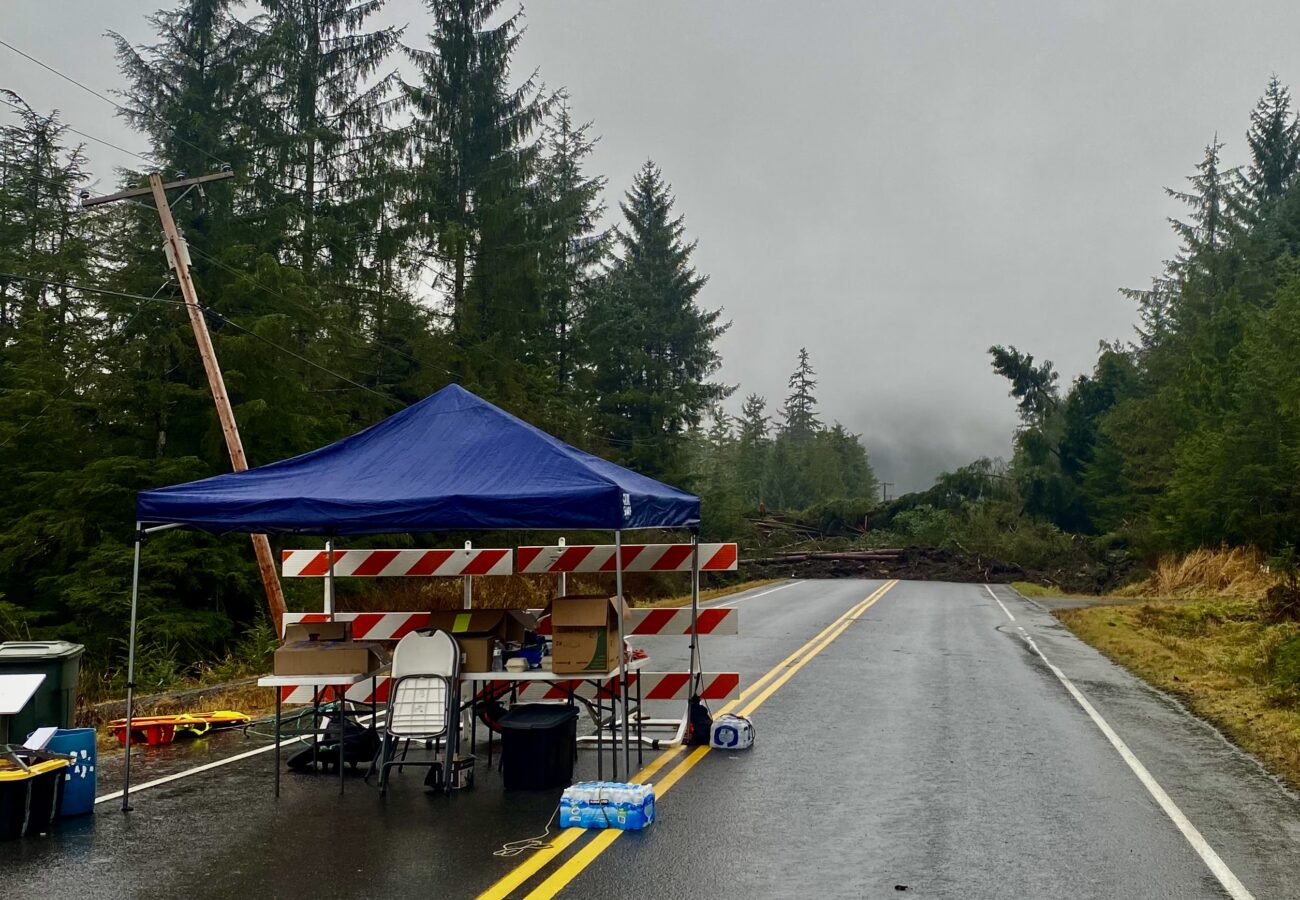
From the road you can see churned earth on the pavement, covered with downed trees. The mud is deep — three stories deep by Sargent’s estimate.
“They say it is still moving. And it could slide down,” she said. “We don’t want this road open that bad. We are doing fine.”
A constant need for fuel
The Alaska Department of Transportation started clearing the debris on Thursday. Within days, they expect to clear enough for the local utility to restore the power. But there’s no clear timeline on when the road will reopen to the public.
Until then, all of the homes south of the slide can only be reached by boat. And almost all of those boats are coming to Hazel’s dock.
Fishing boats, Forest Service catamarans and local tour boats all line up to deliver the essentials.
“We can bring in supplies and get the garbage out and get the empty fuel tanks out and fresh fuel tanks in,” Charlie Hazel said. “Without the dock, it would’ve been really, really hard.”
Cars crowd Hazel’s long gravel driveway. The neighbors form bucket brigades to bring the goods up from the dock.
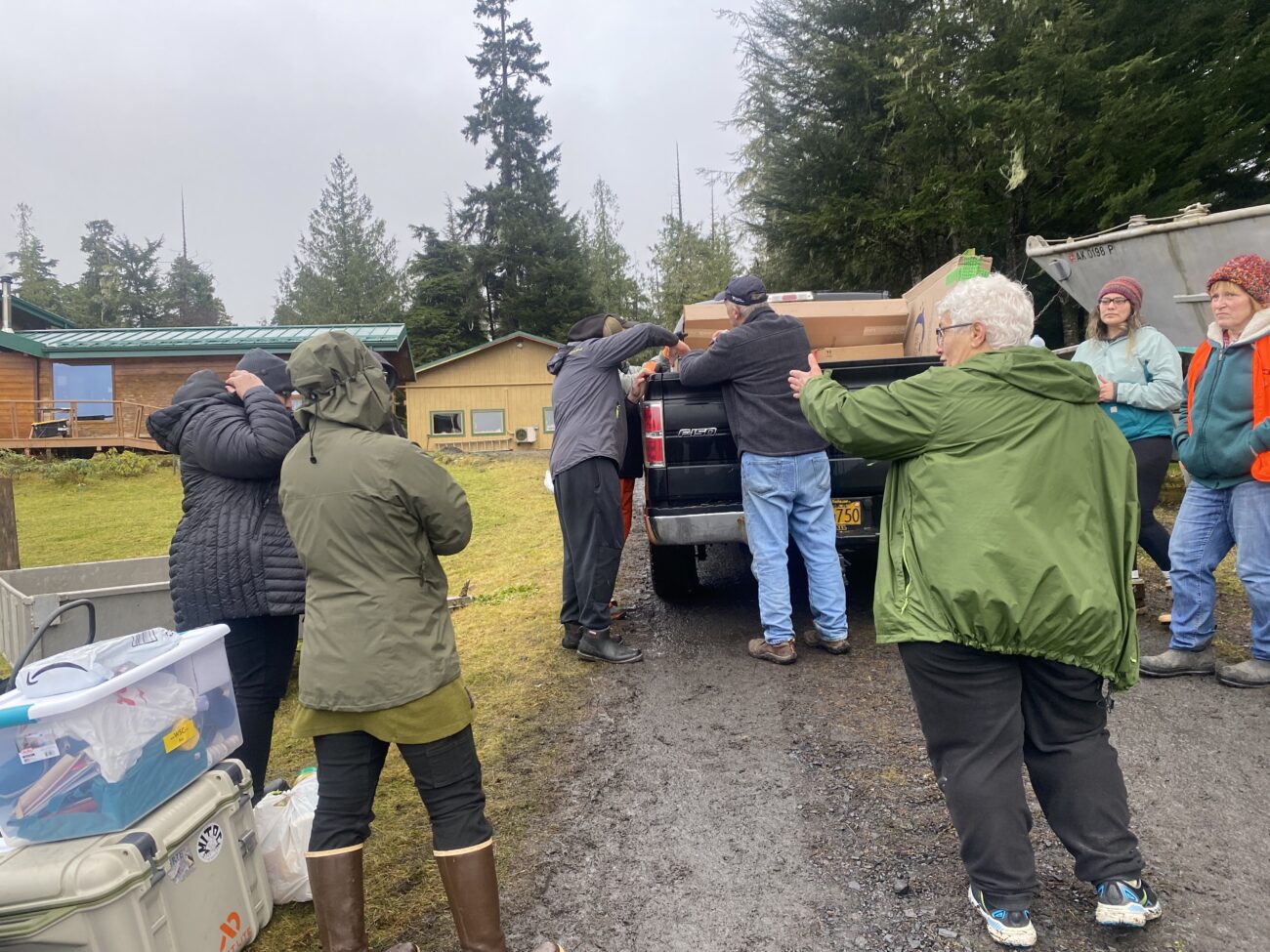
Often, Sylvia Ettefagh is at one end. The morning after the slide, the longtime out-the-roader was quick to start organizing. She went knocking on doors to see what neighbors needed. And she’s spent long hours making deliveries.
“So that’s my day from morning till it gets dark,” Ettefagh said. “We delivered medications into the dark.”
All kinds of things have made their way across the water — groceries, bottled water, pet food — even 40 bottles of champagne donated for the Thanksgiving holiday.
But fuel has been one of the most dire needs. In November, the sun is setting before 3:30 pm, and temperatures have been dropping into the mid-30s. And by this time of year, some families have freezers full of fish and meat they’ve spent the year gathering.
Most people are relying on generators, like the tiny red one that hums constantly at the Hazel’s house. After the slide, the city bought new generators to send out the road to families without them. On any given day, the dock is lined with dozens of jerry cans.
“We had three gas runs yesterday. And that’s a lot of gas to be lugging around,” Mel Hazel said. “But we usually have a line of people and they all go down there and they grab it and go and grab it and go.”
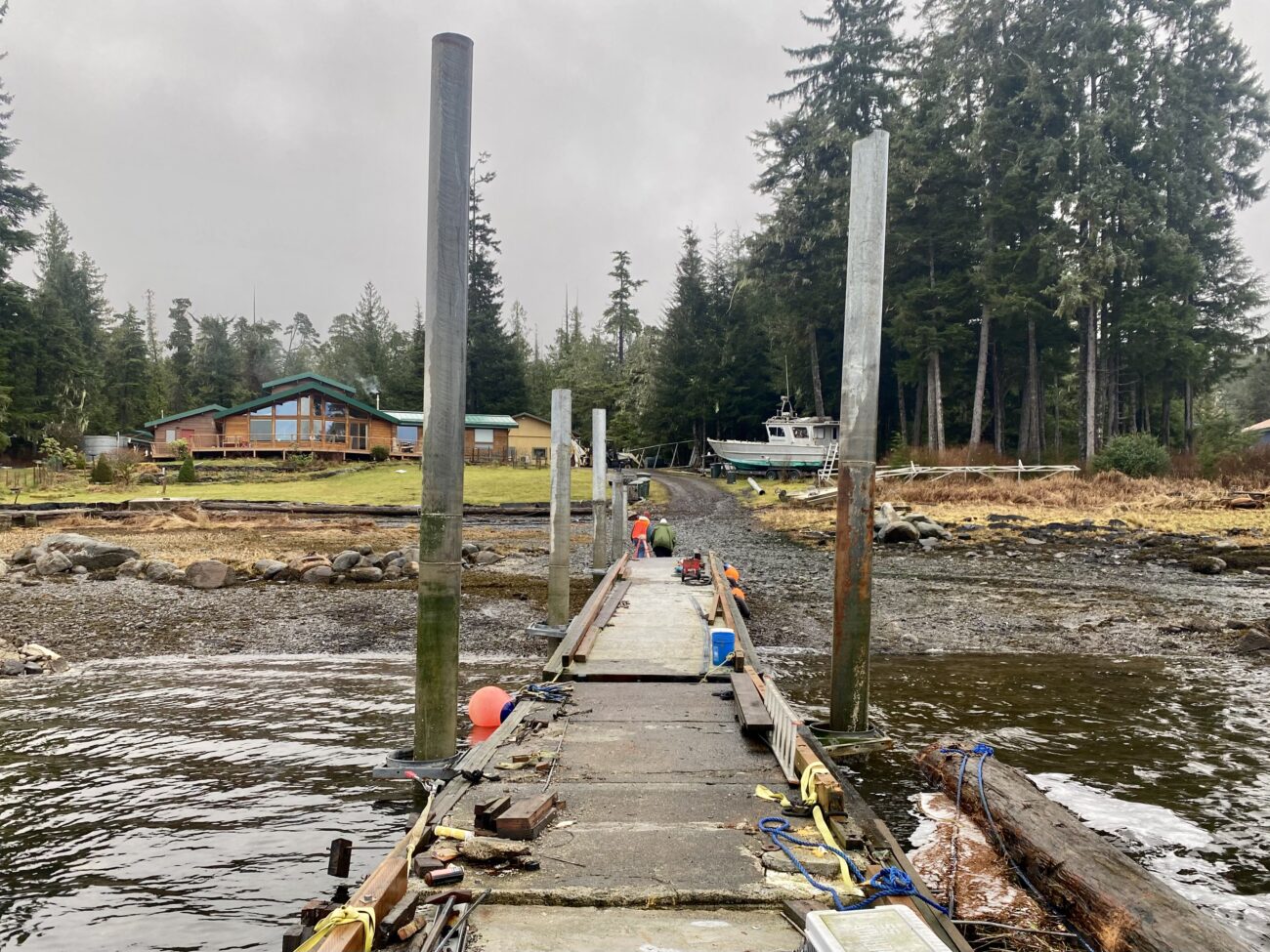
A history of smaller slides
Ettefagh and her husband John Verhey have lived out the road, beyond mile 12, for around 30 years. Verhey said they’ve always known something like this could happen.
“In a boat you can see scars of old slides everywhere,” he said. “So it’s definitely a thing. Just never seen it on the road system in the last 32 years we’ve been here.”
And they’ve always felt like they could deal with whatever might happen.
“There’s a bunch of us who were out here before there was power out here,” Sylvia Ettefagh said. “And so those of us who have been here have kind of been used to being very self-sufficient.”
But this slide has revealed some vulnerabilities. A lot of people get their drinking water from what’s called the 10-Mile Pipe — a cast-iron pipe that channels spring water by the roadside, about ten miles out from town. That’s blocked now.
And cell and internet service is spotty or non-existent.
In the days since, the Central Council of Tlingit and Haida Indian Tribes set up a Starlink wifi system at Hazel’s place, to smooth emergency communications. The password, taped to the side of the house, is Wrangellstrong.
But on the night of the slide, the loss of internet meant many people didn’t know why the lights had gone out until Wrangell Search and Rescue knocked on their doors.
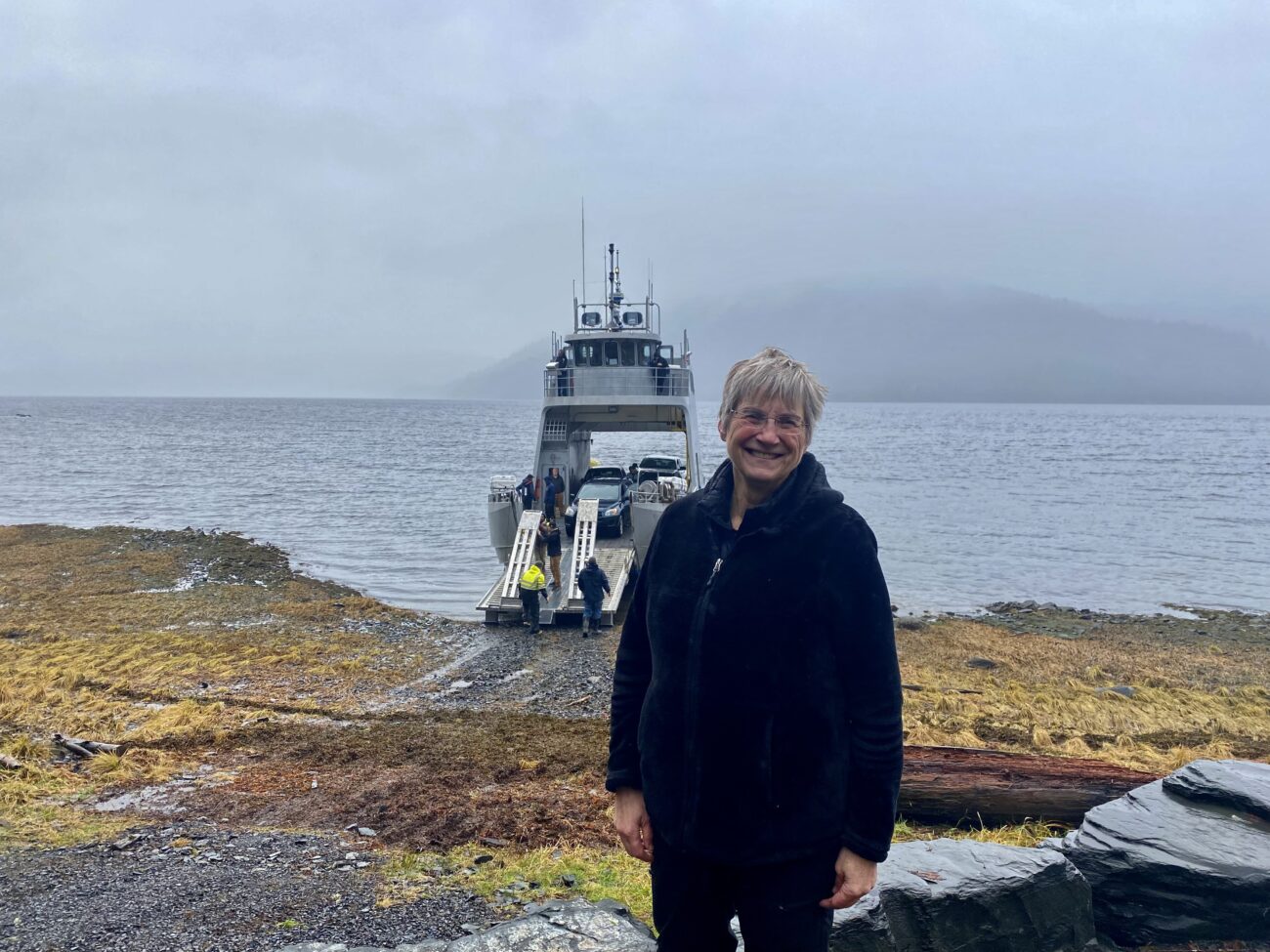
“The way we learned about this was that the fireman came at about midnight, 12:30 a.m.,” Sargent said. “They said we’re evacuating, you know, and to go to Charlie’s place.”
Many who live closest to the slide escaped using Hazel’s dock. Ever since, evacuees have shuttled back and forth to grab more of their belongings, or to check on their houses. The City and Borough of Wrangell has even set up a daily commuter boat between the Hazel dock and town.
Like Ettefagh and Verhey, Charlie Hazel has long worried about a larger slide — especially around mile 8 of the highway. There have been dozens of rockfalls there that briefly blocked the road.
“There’s constantly rocks, big, huge, huge car-sized boulders coming down and landing on the road,” he said.
He says that’s part of why he built the dock in the first place.

